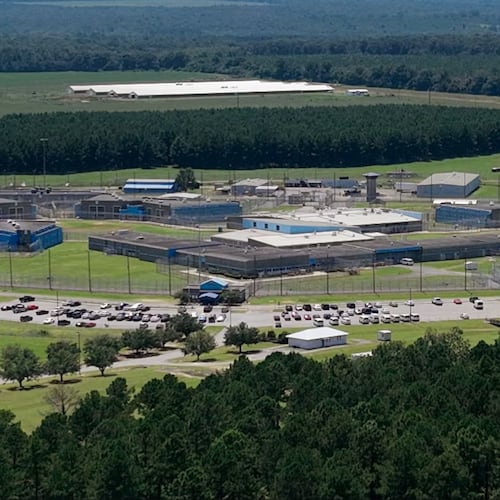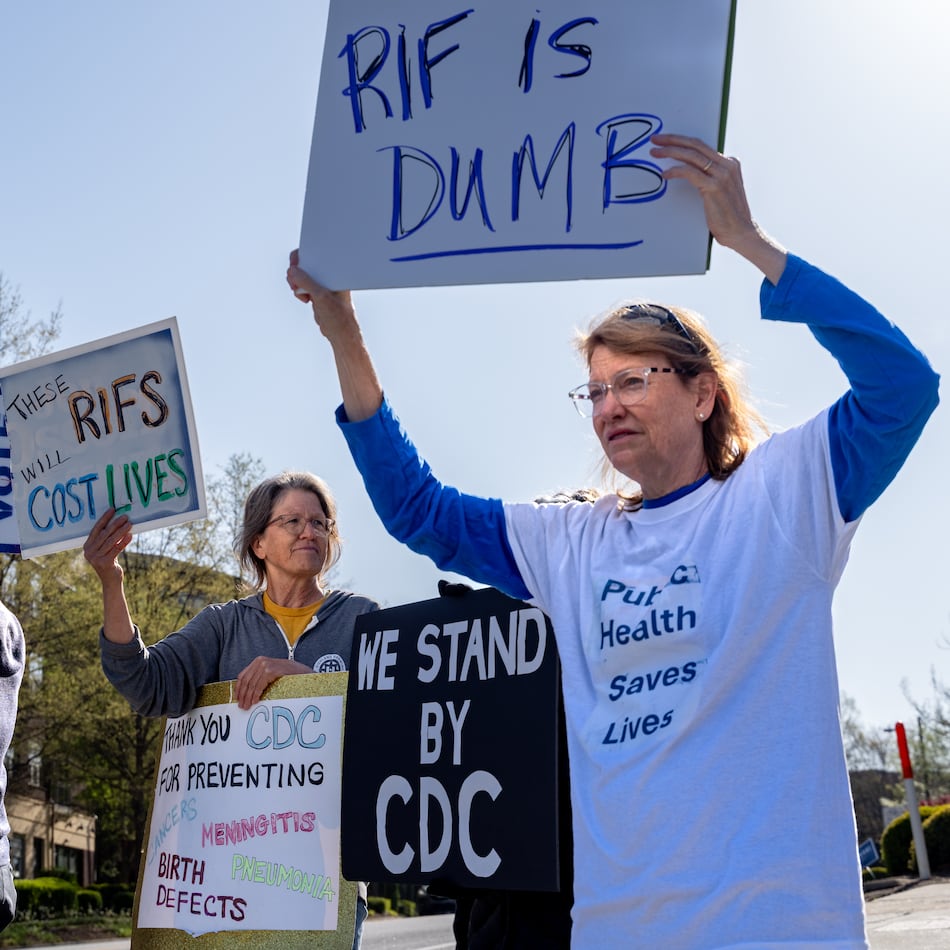All across the “Holy City” on Thursday, people tried to make sense of one evil act.
Ages ago, when the nation was young, Charleston was given that moniker because it was supposed to be a place of inclusion, where people could worship as they saw fit. Though this didn’t extend to the city’s slaves — nor, for generations, their descendants — the intent was to create a place where the faithful could gather without fear.
On Wednesday evening, a young white man walked into one of this city’s oldest African-American churches, found a seat and waited.
He listened as a handful of members read from their Bibles, guided by their pastor, Rev. Clementa Pinckney. He sat by as they planned an upcoming church conference. Then, as police tell the story, Dylann Storm Roof pulled out a gun and began to shoot.
“You rape our women and you’re taking over our country. And you have to go,” Roof, 21, allegedly told the worshipers as the massacre unfolded. At least that is the account given by a relative of one of the shooting survivors to NBC News.
We don’t know who fell first inside Emanuel African Methodist Episcopal Church.
But Myra Thompson, a 54-year-old pastor at Emanuel, fell. Ethel Lance, a 70-year-old retiree, fell. Tywnza Sanders, 26. Cynthia Hurd, 54. Sharonda Coleman-Singleton, another pastor and high school track coach. Daniel Simmons Sr., 74, was shot and lived long enough to make it to a hospital. He died in an operating room. Pastor Pinckney fell. Then Susie Jackson, a longtime member of the nearly 200-year-old church. At 87, Jackson, was the oldest to die in the pews of “Mother Emanuel.”
Then, Charleston Police say, Roof walked out, got into his black Hyundai sedan and drove away. He left one victim alive. She told a relative that the gunman told her she’d been spared so she could tell the story of what he’d done, NBC reported.
In all, nine perished.
Less than a day later, police in Shelby, N.C., got a call from a local resident who thought she’d seen a man with Roof’s distinctive haircut driving through town, the Shelby Star reported. Police caught him in a traffic stop and arrested him without incident.
By then the world had seen Facebook pictures of a glowering young man standing in a swamp. He is wearing a jacket emblazoned with patches representing some of the darkest regimes in African history: the Apartheid-era flag of South Africa and the flag of Rhodesia, another country that endured generations of oppression and white-minority rule.
But in the hours before and after his capture, the shock of the massacre seemed still to echo in the cobbled streets of the peninsula city. Usually bustling with tourists walking from the city market to King Street, or taking in Charleston’s colonial architecture, the Holy City had fallen eerily quiet.
Vacationers road their bikes, while locals walked around in silence. When they did talk, it was about the shooting. On the heels of the shooting death of Walter Scott in North Charleston earlier this year by a white police officer, the carnage at Mother Emanuel seemed too much to bear.
“We are still trying to get over that shooting and now this,” said Dearrick DeSaussure, who has lived in Charleston all of his 58 years. He stood in front of Emanuel Thursday afternoon.
DeSaussure was never a member of Emanuel, but noted how the church carried the standard for Charleston’s black community.
“So for something like this to happen is why I am so angry,” DeSaussure said. “We have so much history here, so it is painful. It is confusing. I am angry and mad.”
Vivian Johnson was on vacation from Brooklyn. She came down to Charleston on Thursday for dinner but stopped by Emanuel to pay her respects.
“I was crushed when I heard about this, being a Christian,” Johnson said. “I had to take a moment, then I was reminded that the Christians were slaughtered by the lions. The devil is busy.”
“After all these years, it seems like we are going backwards instead of forward,” she said. “It is devastating, but not shocking.”
The Rev. Norvel Goff Jr., an elder in the S.C. AME Church, said he was at Emanuel 90 minutes before the shooting. Nothing seemed out of place, Goff said.
“It’s a normal Wednesday night,” he said. “It was prayer service. There was certainly nothing happening that would have suggested what was to happen.”
Police in Charleston said the mass shooting was a hate crime. The U.S. Justice Department and the FBI announced Thursday that they were investigating the mass shooting as well.
At a time when race has been a contentious topic of conversation — from Ferguson to Baltimore, from North Charleston to McKinney, Tex., to Spokane — the narrative unfolding now in the port city adds another difficult layer. And that the shooter chose a black church with significant historical importance, not just to African-Americans but the entire southeast, was a signal to some that the conversation would only grow louder.
Emanuel dates back to the late 1700s. For roughly two centuries the church has stood not only as a symbol but as a nexus of African-American activism.
One of its founders was Denmark Vesey, an enslaved man who organized a major slave revolt in Charleston in 1822. But the planned revolt was thwarted before Vesey and scores of slaves could launch it. The church was burned and rebuilt, but destroyed again in an earthquake in 1886, according to the church website.
Members of the church continued to meet even after all-black church services were outlawed in the city. The church was rebuilt again in the late 1940s and early 1950s and continued to be a centerpiece of the city’s history and a hub for political action. It remains as much a landmark on the peninsula as Vesey’s house — now maintained by the National Park service — which stands just a 15-minute walk from the church.
As recently as this year Pastor Pinckney, 41, was continuing that legacy by speaking out after Scott, a black man, was shot repeatedly in the back by a white police officer. A longtime state legislator, he also was a champion of a bill that required South Carolina police to wear body cameras. Gov. Nikki Haley signed the legislation this spring.
It was into that history and that sanctuary that Roof walked on Wednesday night — 193 years to the week of Vesey’s planned uprising.
Taylor Seale, 23, s a fourth-grade teacher at a rural school in Lamar, S.C. She carried a hand-lettered sign outside the church with a quote from Pinckney.
Seale, who is white, said she has struggled to make sense of what happened, and of what she would tell her students. She teaches her African-American students, sitting in school with white classmates, that previous generations would not have been allowed to do that.
“I want to comfort them,” Seale said. “I want to tell them they deserve equal treatment. But how can I offer them that when this happens?”
Brad Hutchinson stood in front of the church and wept. He is 25, white, and lives in Charleston. He said his heart was broken.
“To know that someone could do this to human beings in this city,” Hutchinson said. “This is pure hate. This is nothing other than an act of hate. An act of terrorism. I don’t want to hear excuses anymore about mental illness. This was premeditated. He sat in that church for an hour.”
Nearby, the Rev. Anthony Holmes, 54, pastor of Tabernacle of Prayer in North Charleston, passed out small bottles of water that he carried in a plastic bag of ice.
There is no making sense of what happened, Holmes said.
“There is an evil that is loose,” Holmes said. “A devil is in the house.”
Holmes, who is black, urged everyone not to focus on the race of the shooter, or the race of the dead.
“Let’s not get it to the point of pointing at skin color,” Holmes said. “If we don’t embrace one another we’ll keep fighting each other.”
The devil just doesn’t care, he said.
About the Author
Keep Reading
The Latest
Featured



